9 Things Your Vision Reveals About Your Health
Changes in your vision may be signs of other medical conditions.
Updated on July 10, 2023

When a healthcare provider (HCP) peers into your eyes, what are they looking for? All kinds of things, as it happens.
"You can learn so much from the eyes. It's mind-blowing!" says integrative medicine specialist Robin Miller, MD. In addition to eye conditions, such as cataracts, HCPs can spot symptoms of other medical issues, including hypertension (high blood pressure), high cholesterol, diabetes, and even certain cancers.
With that in mind, here are nine ways changes in your vision can hold important clues to your health.
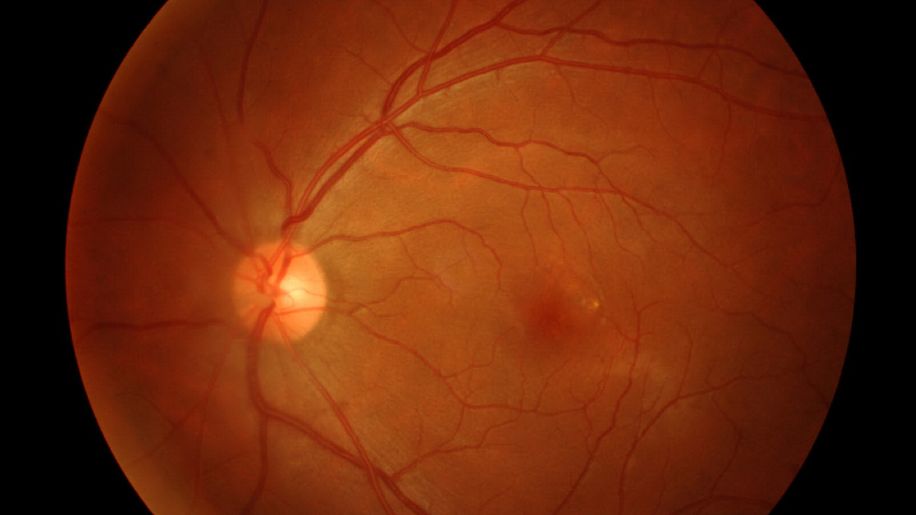
Do You Have High Blood Pressure?
Blurred vision may be a symptom of undiagnosed or poorly controlled high blood pressure, says Anne Sumers, MD, an ophthalmologist in Ridgewood, New Jersey. And in pregnant people, blurred vision could be a sign of preeclampsia, a condition that causes high blood pressure during pregnancy and may require bed rest for your safety and that of the developing fetus. An HCP may also spot swelling of the optic nerve when they peer into your retina. Blood vessels in the retina that look stiff, kinked, or silvery or coppery rather than red can be signs of high blood pressure.
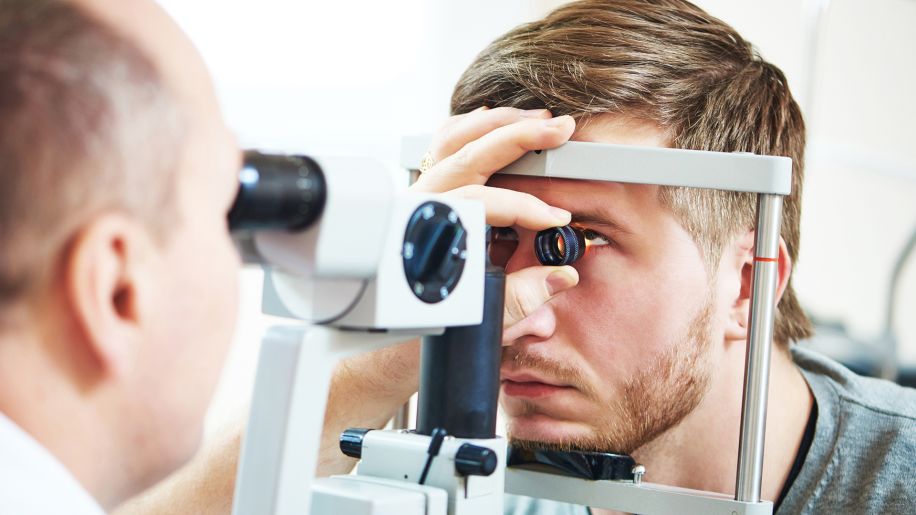
Eye Spy High Cholesterol
When gazing into a patient's eyes, "I'm looking for signs of high cholesterol," says Dr. Miller. Yellow, fatty patches around your eyes are cholesterol deposits called xanthelasma, and they may indicate an elevated risk for heart disease. "That's pretty common to see in people with familial high cholesterol," she adds.
Miller also looks for a white ring around the pupils, called a corneal arcus, which could either be a normal effect of aging or a sign you have high cholesterol. "It's actually a fat deposit," she says. If an HCP spots a xanthelasma or corneal arcus, it's a good idea to have your cholesterol checked.

Blurred Vision May Mean Diabetes
Diabetic retinopathy is a well-known, leading cause of blindness, but high blood sugar can wreak havoc on your vision in other ways, too.
Blurred vision? Your contacts suddenly don't do the job? That can be a sign of undiagnosed diabetes, or, if you've been diagnosed with diabetes, poorly controlled blood sugar, says Dr. Sumers. And it's especially important to see your HCP if you're pregnant and experience changes in your eyesight, she adds. "Frequently, the first symptom of gestational diabetes is blurred vision."

Could It be a Stroke?
A stroke or, to a lesser degree, transient ischemic attack (TIA), has plenty of scary symptoms—sudden weakness or numbness on one side of the body, difficulty speaking, and drooping on one side of the face, to name a few. But double vision or temporary loss of vision that feels like a shade being drawn over your eye (called amaurosis fugax) can also be a sign of a stroke or TIA about to happen. If you suspect a stroke in yourself or someone else, call 911 immediately. Speedy treatment is crucial to minimize lasting damage.
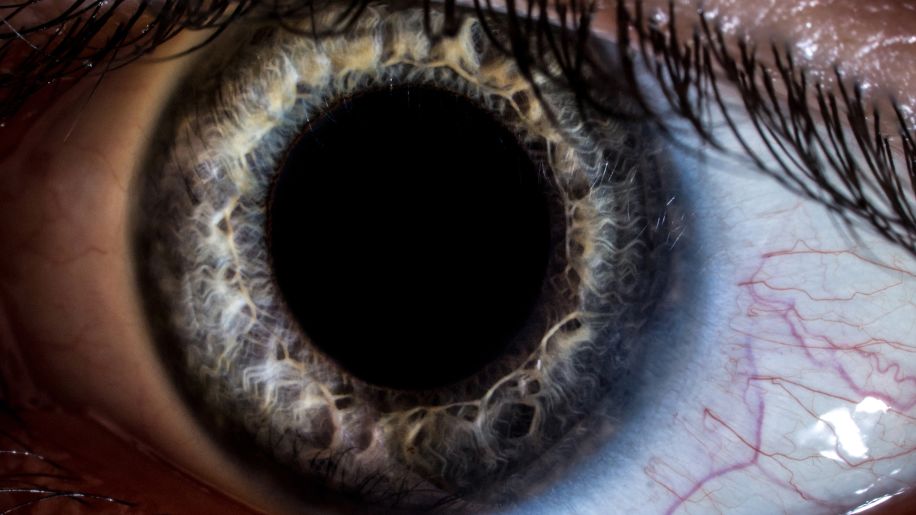
Eyes Can Reveal Neurological Disorders
What's going on in your eyes can be a symptom of a neurological disorder. Temporary loss of vision in one eye, changes in the way your pupil reacts to bright light, or pain when you move the eye may be sign of optic neuritis, says Miller. That's inflammation of the optic nerve, and it can be a symptom of something as simple as the flu or as serious as multiple sclerosis.
Dry eye, difficulty focusing, and sensitivity to light may be signs of Parkinson's disease, says Sumers. And patients who come in complaining of difficulty making sense of what they read may have an early symptom of Alzheimer's. "The issue isn't their vision," Sumers notes, "but that they're having trouble processing what they see."

How's Your Thyroid?
"I always look at the eyebrows," says Miller. Losing hair at the outside of your eyebrows may be a symptom of an overactive (hyperthyroidism) or underactive (hypothyroidism) thyroid.
Hyperthyroidism is sometimes caused by Graves' disease, a genetic autoimmune disorder also known as thyroid eye disease (TED). Symptoms of Graves' disease include double vision, dry eye, and bulging eyes.
Treating thyroid disorders with hormone therapy can help minimize symptoms. Short-term steroids, such as prednisone, help reduce swelling and prevent blindness. Selenium supplements and artificial tears may also help.
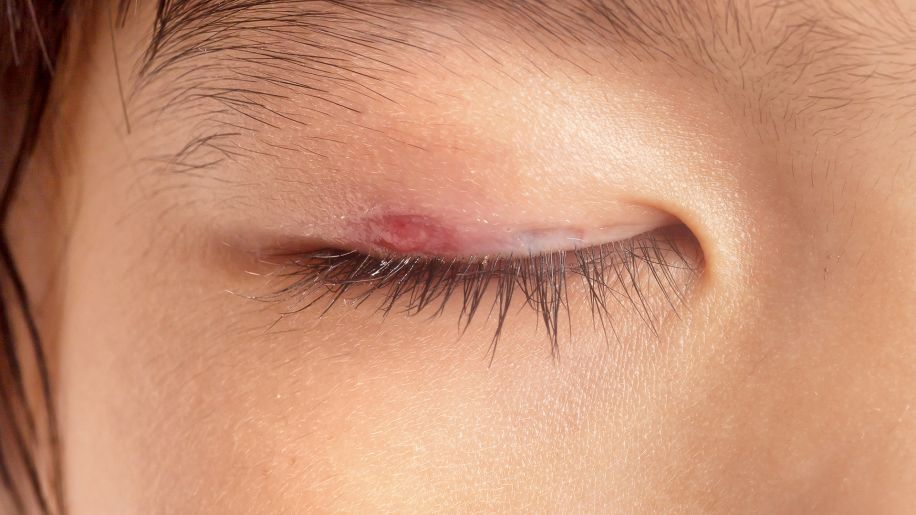
Signs of Skin Cancer?
Miller also takes an extra-close look at her patients' eyelids, which can reveal all kinds of clues. "Sometimes you'll see skin cancer in the eyelid—like a sty that doesn't go away," she explains. "Melanoma can show up in the eye, too, because there's pigment in the iris."
Flakey, red, irritated skin around the eyelid could be a symptom of rosacea or psoriasis. Red, itchy eyes may be signs of poorly controlled seasonal allergies—also called allergic conjunctivitis.
Kaposi's sarcoma, a rare form of cancer that develops in patients with advanced AIDS, can show up as purple lesions on the eyelids.

Yellow Eyes Equal Liver Disease?
You'd probably notice if the whites of your eyes—your sclera—are looking yellow, or jaundiced. "That may be a sign of underlying liver disease," says Miller, such as cirrhosis or hepatitis.
But a more common cause of jaundiced sclera is pinguecula, or thickening of the clear membrane that covers the whites of the eyes. It's caused by too much exposure to the sun's ultraviolet rays, so it's another good reason to wear sunglasses to protect your eyes from sun damage.
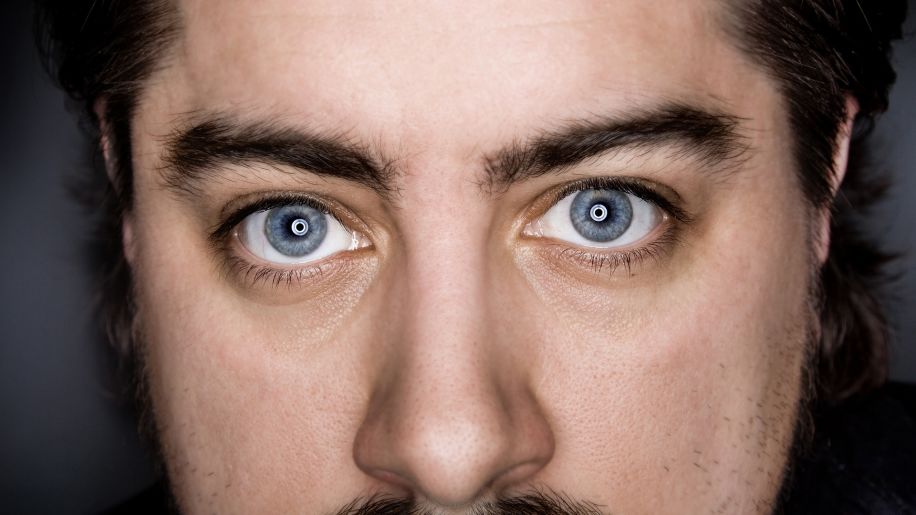
Eyes and Your Immune System
Anything that takes a toll on your immune system is hard on your eyes, too. Dry eye can be a symptom of autoimmune disorders, such as lupus, rheumatoid arthritis, and Sjogren's syndrome. Blurred vision, double vision, floating spots, and other vision changes can be symptoms of serious infections, such as Lyme disease and HIV.

Changes in Vision? See Your Doctor
So, now you know that HCPs are looking for all kinds of things when they looks into your eyes. But you don't have to wait for your next eye exam to find out what's going on with your health. "People can look at their eyes themselves," says Miller. "If you see something that looks funky, have it checked out."
If you notice any sudden change, such as blurred vision, or a change in how well your contacts or glasses is working, make an appointment with an eye specialist immediately.
"Sometimes, it's a symptom of another systemic disease," says Sumers. And if it turns out to be no big deal, you'll feel a whole lot better.

Kate Rauch. Alzheimer’s Disease, Dementia, and the Eye. American Academy of Ophthalmology. July 26, 2022.
David Turbert. Diabetic Eye Disease. American Academy of Ophthalmologists. Oct 14 2021.
National Eye Institute. Diabetic Retinopathy. Page last reviewed July 8, 2022.
Felix Y Chau, Miguel Cruz Pimentel, Neelakshi Bhagat, et al. Preeclampsia/Eclampsia Associated Retinopathy. American Academy of Ophthalmology. Jan 7, 2023.
MedlinePlus. High Blood Pressure and Eye Disease. Page last reviewed Aug 22, 2022.
American Heart Association. The eyes have it for high blood pressure clues. Page last reviewed Dec 13, 2018.
Juhi Mehta, Brad H Feldman, Vinay A Shah, et al. Hypertensive Retinopathy. American Academy of Ophthalmology. Jan 5, 2023.
Daniel Porter. What is Xanthelasma? American Academy of Ophthalmology. May 12, 2021.
Akul Munjal, Evan J. Kaufman. Arcus Senilis. StatPearls. Page last updated August 1, 2022.
Brad H Feldman, Vinay A Shah, Koushik Tripathy, et al. Diabetic Retinopathy. American Academy of Ophthalmology. Dec 22, 2022.
National Institute of Diabetes and Digestive and Kidney Diseases. Diabetic Eye Disease. Page last reviewed May 2017.
American Stroke Association. TIA (Transient Ischemic Attack). Page last reviewed 2023.
Prasanna Tadi, Kinda Najem, Edward Margolin. Amaurosis Fugax. StatPearls. Page last updated August 8, 2022.
MedlinePlus. Amaurosis Fugax. Page last reviewed May 2, 2022.
Kierstan Boyd. What is Optic Neuritis? American Academy of Ophthalmology. May 6, 2022.
Claudia Prospero Ponce. Visual Symptoms of Parkinson’s Disease. American Academy of Ophthalmology. April 9, 2023.
Alzheimer’s Association. 10 Early Signs and Symptoms of Alzheimer’s. Accessed on April 28, 2023.
American Academy of Dermatology. Thyroid Disease: A Checklist of Skin, Hair, and Nail Changes. Accessed on April 28, 2023.
National Institute of Diabetes and Digestive and Kidney Diseases. Graves’ Disease. Page last reviewed Nov 2021.
Men CJ, Kossler AL, Wester ST. Updates on the understanding and management of thyroid eye disease. Ther Adv Ophthalmol. 2021 Jun 30;13:25158414211027760.
Penn Medicine, Thyroid Eye Disease Program at the Scheie Eye Institute. Thyroid Eye Disease (Graves’ Disease). Accessed on April 28, 2023.
American Cancer Society. What is Kaposi Sarcoma? Page last reviewed April 19, 2018.
Jill Wells. Iris Melanoma. American Academy of Ophthalmology. April 22, 2023.
American College of Allergy, Asthma and Immunology. Eye Allergies. Accessed on April 28, 2023.
Abel Joseph, Hrishikesh Samant. Jaundice. StatPearls. February 12, 2023.
Kierstan Boyd. Ocular Rosacea. American Academy of Ophthalmology. Sept 9, 2022.
Kierstan Boyd. What is a Pinguecula And A Pterygium (Surfer’s Eye)? American Academy of Ophthalmology. Sept 23, 2022.
Kierstan Boyd. What is Dry Eye? Symptoms, Causes and Treatment. American Academy of Ophthalmology. July 25, 2022.
Robert S Weinberg. Ocular Involvement in Lyme Disease. American Academy of Ophthalmology. Nov 5, 2008.
Johns Hopkins Lyme Disease Research Center. Did you know that Lyme disease can affect your eyes? Page last reviewed May 16, 2022.
Gichuhi S, Arunga S. HIV and the eye. Community Eye Health. 2020;33(108):76-78.
Featured Content

article

article


video
